
- Subject:
- Applied Science
- Biology
- Life Science
- Material Type:
- Module
- Date Added:
- 07/10/2017

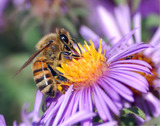
By the end of this section, you will be able to:Explain how angiosperm diversity is due, in part, to multiple interactions with animalsDescribe ways in which pollination occursDiscuss the roles that plants play in ecosystems and how deforestation threatens plant biodiversity


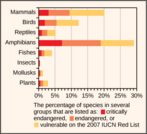
By the end of this section, you will be able to:Identify new technologies for describing biodiversityExplain the legislative framework for conservationDescribe principles and challenges of conservation preserve designIdentify examples of the effects of habitat restorationDiscuss the role of zoos in biodiversity conservation

By the end of this section, you will be able to:Define biodiversityDescribe biodiversity as the equilibrium of naturally fluctuating rates of extinction and speciationIdentify historical causes of high extinction rates in Earth’s history
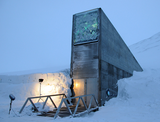
By the end of this section, you will be able to:Identify chemical diversity benefits to humansIdentify biodiversity components that support human agricultureDescribe ecosystem services
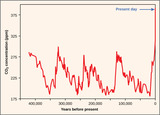
By the end of this section, you will be able to:Identify significant threats to biodiversityExplain the effects of habitat loss, exotic species, and hunting on biodiversityIdentify the early and predicted effects of climate change on biodiversity

By the end of this section, you will be able to:Discuss the predator-prey cycleGive examples of defenses against predation and herbivoryDescribe the competitive exclusion principleGive examples of symbiotic relationships between speciesDescribe community structure and succession



Biology is designed for multi-semester biology courses for science majors. It is grounded on an evolutionary basis and includes exciting features that highlight careers in the biological sciences and everyday applications of the concepts at hand. To meet the needs of today’s instructors and students, some content has been strategically condensed while maintaining the overall scope and coverage of traditional texts for this course. Instructors can customize the book, adapting it to the approach that works best in their classroom. Biology also includes an innovative art program that incorporates critical thinking and clicker questions to help students understand—and apply—key concepts.
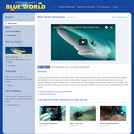
In this video, Jonathan joins Charlie Donilon on his shark charter boat in Rhode Island, Massachusetts, and learns about how shark tagging has shed light on the biology of and behavior of Blue sharks. Tagging has shown that these incredible swimmers actually migrate completely across the Atlantic ocean. Jonathan tries his hand at tagging a shark and then swims with Blue sharks. We also learn that Blue sharks are not nearly as vicious as they have been reputed to be, and the divers are actually able to pet the sharks! Please see the accompanying study guide for educational objectives and discussion points.
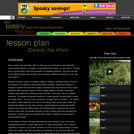
In The Botany of Desire, Michael Pollan explores risks inherent in one of the most widespread practices in modern agriculture. It's called monoculture, and it refers to cultivation of single or very similar varieties of a food crop on large acreages. In many cases, the variety is one that dominates the marketplace, like the Russet Burbank potato, whose shape makes it a favorite for cutting French fries, or one of the few apple varieties commonly seen in supermarkets. Monoculture may offer economic advantages, but Pollan argues that it brings serious environmental risks.

Students will utilize previously gained knowledge about the impact of land management practices on ecosystems to design, conduct and analyze an experiment to measure biodiversity and/or invertebrate ecosystem role in a field community. They will identify ecosystems that have been heavily and lightly impacted by human activities and make predictions about biodiversity in the area. They will then test and analyze the information gathered and apply what this means about the biodiversity in these ecosystems and the implications this may have on the region.

In this video clip, a scientific expert tells us about the mangrove.
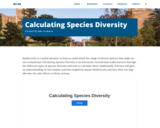
Biodiversity is a useful measure to help us understand the range of diverse species that make up our ecosystems! Calculating Species Diversity is an interactive tutorial that walks learners through the different types of species diversity and how to calculate them. Additionally, learners will gain an understanding on how human activities negatively impact biodiversity and how they can help alleviate the side effects of these actions.
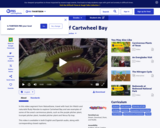
In this video segment from NatureScene, explore Cartwheel Bay, a wetland in South Carolina, and learn about the variety of carnivorous plants native to this unique landform.

This kit is a historical overview of American representations of chemicals from the three sisters to the Love Canal. It compares conflicting constructions about nuclear reactor safety, depleted uranium, Rachel Carson and DDT. Through analyzing diverse historic and contemporary media messages, students understand changing public knowledge, impressions and attitudes about chemicals in the environment.

The climate in our hands - Climate Change and Land